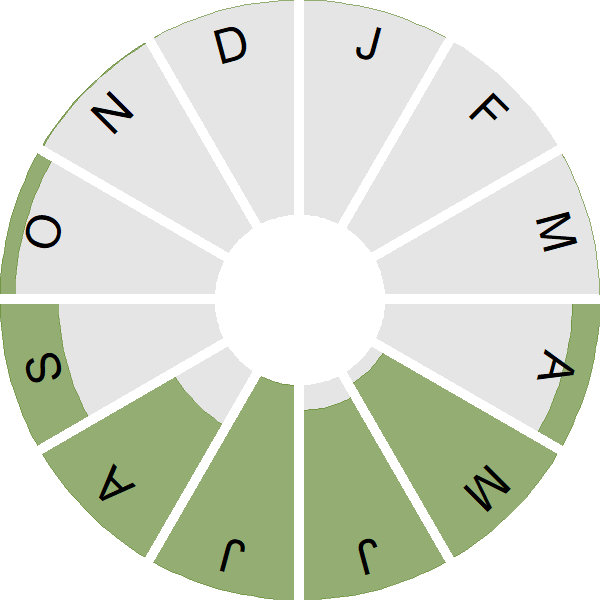Arctic Tern
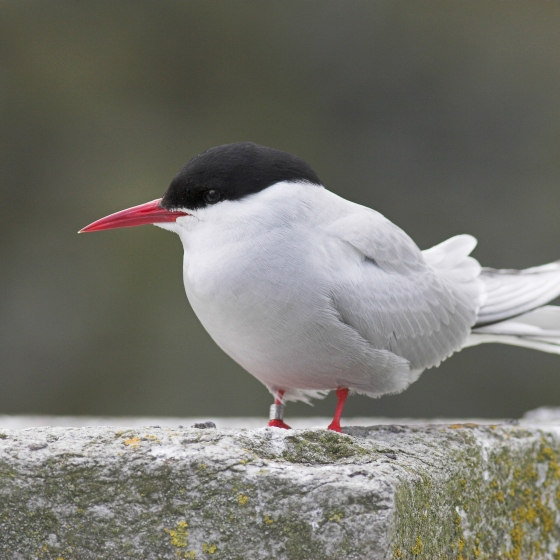
Introduction
Arctic Terns are more oceanic than most terns, and have the longest migrations of any. Though very similar to Common Tern, Arctic Tern is noticeably more graceful in flight.
Breeding at high latitudes in the Arctic and then travelling south in time for another summer in the Antarctic, some Arctic Terns experience more daylight than any other species. Feeding and nest defence, and a potential lifespan of three decades, add greatly to their extraordinary air miles. In the far south they patrol the edge of pack ice, often resting on ice floes, and also feed in the open ocean, sometimes around Antarctic Minke Whales.
Breeding in Britain is exclusively coastal and mainly in the north, with the highest numbers in the Western Isles, Orkney and Shetland. Migration is mainly offshore or coastal, though hundreds cross Britain from the Atlantic to the North Sea each spring and may pause at lakes and reservoirs.

Key Stats
Identification
ID Videos
This section features BTO training videos headlining this species, or featuring it as a potential confusion species.
Tern Identification Workshop Part 1: Common and Arctic Tern
Songs and Calls
Call:
Alarm call:
Flight call:
Young call:
Status and Trends
Conservation Status
Population Change
Census data suggest that Arctic Tern numbers increased by 50% between 1969–70 and 1985–88, but then declined by 31% by the time of the Seabird 2000 Census (1998–2002). However, there is some uncertainty around the initial estimate and hence the reliability of the apparent initial populaion increases. Results from the more recent Seabirds Count (2015–2021) are not yet available but annual monitoring data suggest that the population has remained relatively stable since Seabird 2000, although further declines may have occurred in Scotland (JNCC 2022).
Distribution
Arctic Terns breed predominantly in coastal areas of Scotland and Ireland, with major colonies found in Shetland and Orkney. In Wales they are restricted to the islands off Anglesey, and there is a small colony on the Isle of Man. Breeding colonies in Ireland are located in five main clusters.
Occupied 10-km squares in UK
or view it on Bird Atlas Mapstore.
or view it on Bird Atlas Mapstore.
European Distribution Map
Distribution Change
Arctic Tern breeding range has contracted by 31% since the 1968–72 Breeding Atlas. Losses are greatest in western Scotland, where predation by American Mink has been implicated, and in eastern Scotland, where food shortages have resulted in very low breeding productivity.
Change in occupied 10-km squares in the UK
or view it on Bird Atlas Mapstore.
or view it on Bird Atlas Mapstore.
Seasonality
Arctic Tern is a summer breeding species, arriving from April/May onwards and sometimes lingering into late autumn.
Weekly pattern of occurrence
The graph shows when the species is present in the UK, with taller bars indicating a higher likelihood of encountering the species in appropriate regions and habitats.

Movement
Britain & Ireland movement
Foreign locations of birds ringed or recovered in Britain & Ireland
Dots show the foreign destinations of birds ringed in Britain & Ireland, and the origins of birds ringed overseas that were subsequently recaptured, resighted or found dead in Britain & Ireland. Dot colours indicate the time of year that the species was present at the location.
- Winter (Nov-Feb)
- Spring (Mar-Apr)
- Summer (May-Jul)
- Autumn (Aug-Oct)

European movements
EuroBirdPortal uses birdwatcher's records, such as those logged in BirdTrack to map the flows of birds as they arrive and depart Europe. See maps for this species here.
The Eurasian-African Migration Atlas shows movements of individual birds ringed or recovered in Europe. See maps for this species here.
Biology
Productivity and Nesting
Nesting timing
Egg measurements
Clutch Size
Survival and Longevity
Survival is shown as the proportion of birds surviving from one year to the next and is derived from bird ringing data. It can also be used to estimate how long birds typically live.
View number ringed each year in the Online Ringing Report.
lifespan
Survival of adults
Biometrics
Wing length and body weights are from live birds (source).
Wing length
Body weight
Ring Size
Classification, names and codes
Classification and Codes
- Order: Charadriiformes
- Family: Laridae
- Scientific name: Sterna paradisaea
- Authority: Pontoppidan, 1763
- BTO 2-letter code: AE
- BTO 5-letter code: ARCTE
- Euring code number: 6160
Alternate species names
- Catalan: xatrac àrtic
- Czech: rybák dlouhoocasý
- Danish: Havterne
- Dutch: Noordse Stern
- Estonian: randtiir
- Finnish: lapintiira
- French: Sterne arctique
- Gaelic: Steàrnag-Artaigeach
- German: Küstenseeschwalbe
- Hungarian: sarki csér
- Icelandic: Kría
- Irish: Geabhróg Artach
- Italian: Sterna codalunga
- Latvian: juras zirinš
- Lithuanian: poliarine žuvedra
- Norwegian: Rødnebbterne
- Polish: rybitwa popielata
- Portuguese: trinta-réis-ártico / gaivina-do-árctico
- Slovak: rybár dlhochvostý
- Slovenian: polarna cigra
- Spanish: Charrán ártico
- Swedish: silvertärna
- Welsh: Môr-wennol y Gogledd
- English folkname(s): Sea Swallow, Darr, Tirrick
Research
Causes of Change and Solutions
Causes of change
There is good evidence that the declines in the Arctic Tern population between 1988 and 2004 are likely to have been driven, at least partly, by low breeding productivity which was related to changes in sandeel populations (Ewins 1985, Monaghan et al. 1989, Suddaby & Ratcliffe 1997). Climate change is believed to have played a role by driving the warming of UK waters thus affecting sandeel abundance (Wright & Bailey 1993).
Publications (4)
The status of the UK’s breeding seabirds
Author: Stanbury, A.J., Burns, F., Aebischer, N.J., Baker, H., Balmer, D., Brown, A.F., Dunn, T., Lindley, P., Murphy, M., Noble, D.G., Owens, R. & Quinn, L.
Published: 2024
Five seabird species are added to the Birds of Conservation Concern Red List in this addendum to the 2021 update, bringing the total number of Red-listed seabird species to 10, up from six since seabirds were last assessed. The Amber List of seabirds moves from 19 to 14 species, and the Green List increases from one to two species.
29.09.24
Papers
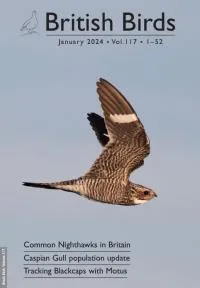
Seabird Population Trends and Causes of Change: 1986–2023
Author: Harris, S.J., Baker, H., Balmer, D.E., Bolton, M., Burton, N.H.K., Caulfield, E., Clarke, J.A.E., Dunn, T.E., Evans, T.J., Hereward, H.R.F., Humphreys, E.M., Money, S. and O’Hanlon, N.J.
Published: 2024
This report presents the latest seabird population trends in breeding abundance and productivity using data from the Seabird Monitoring Programme (SMP).The report documents changes in the abundance and productivity of breeding seabird species in Britain and Ireland from 1986 to 2023, and provides a detailed account of the 2021, 2022 and 2023 breeding seasons.This report includes both inland and coastal populations and trends from the Channel Islands, England, Isle of Man, Northern Ireland, Scotland, Wales and the Republic of Ireland, which are presented where sufficient data are available. The results from this report are used more broadly to assess the health of the wider environment, to inform policy and for conservation action.
21.11.24
Reports Research reports
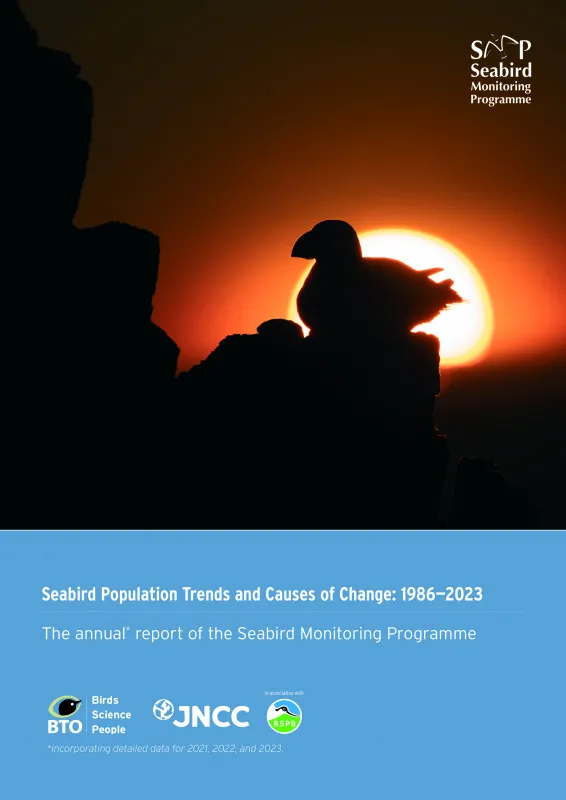
Seabird abundances projected to decline in response to climate change in Britain and Ireland
Author: Davies, J.G., Humphreys, E.M., Evans, T., Howells, R., O’Hara-Murray, R. & Pearce-Higgins, J.W.
Published: 2023
Britain and Ireland support globally-important numbers of breeding seabirds, but these populations are under pressure from a suite of threats, including marine pollution, habitat loss, overfishing and highly pathogenic avian influenza. Climate change introduces additional threats, the magnitude of which is uncertain in the future, making it difficult to plan how to apportion conservation efforts between seabird species. Predicting how species’ numbers could change under different climate change scenarios helps clarify their future vulnerability to extinction, and thus assists in conservation planning.
05.12.23
Papers
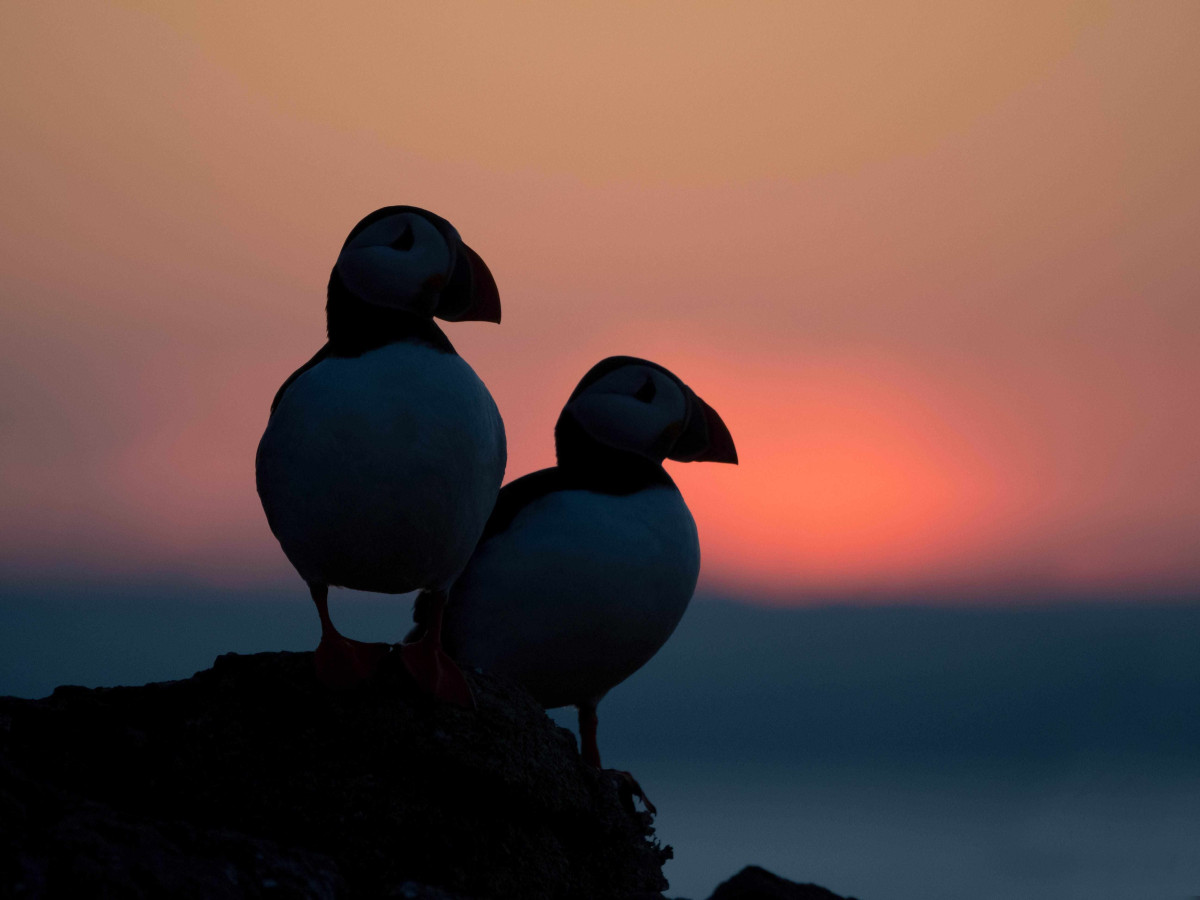
Birds of Conservation Concern Wales 4: the population status of birds in Wales
Author: Johnstone, I.G., Hughes, J., Balmer, D.E., Brenchley, A., Facey, R.J., Lindley, P.J., Noble, D.G. & Taylor, R.C.
Published: 2022
The latest review of the conservation status of birds in Wales. The report assessed all 220 bird species which regularly occur in Wales. There are now 60 species of bird on the Red List, with 91 on the Amber List and just 69 - less than a third of the total number of species - on the Green List.
06.12.22
Reports Birds of Conservation Concern


